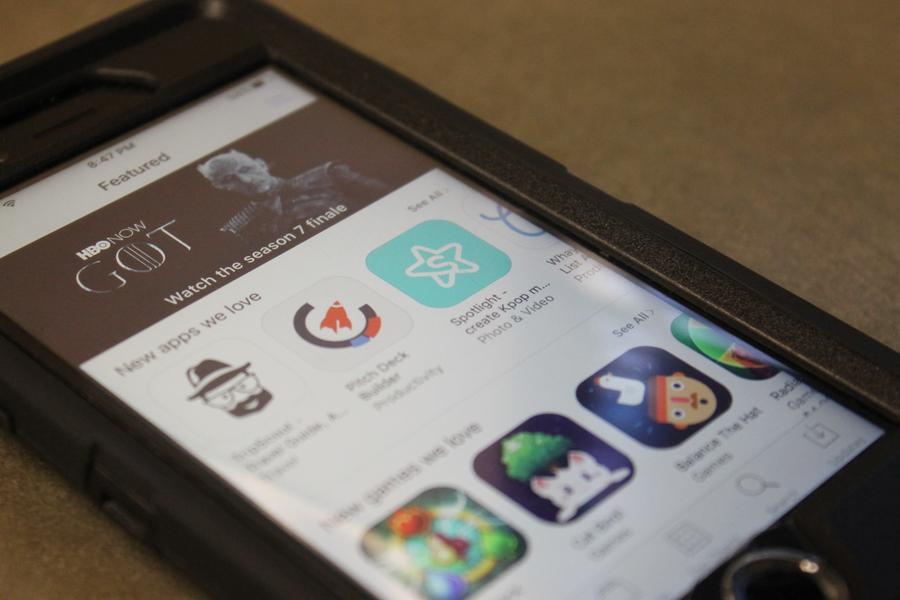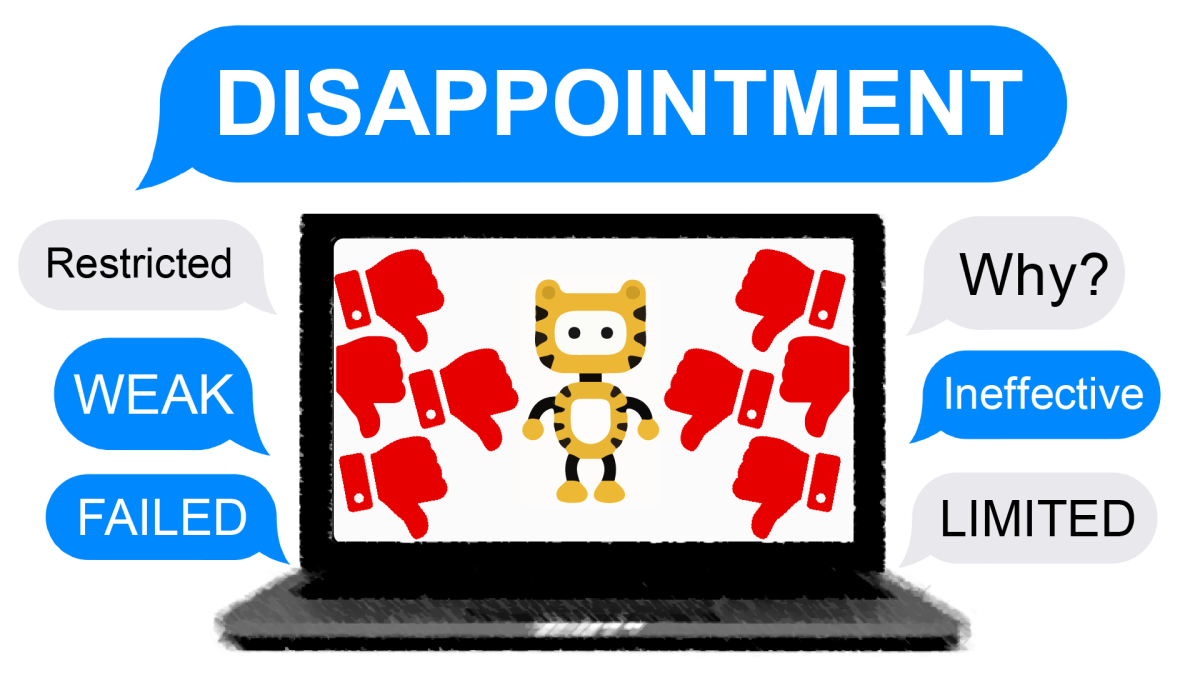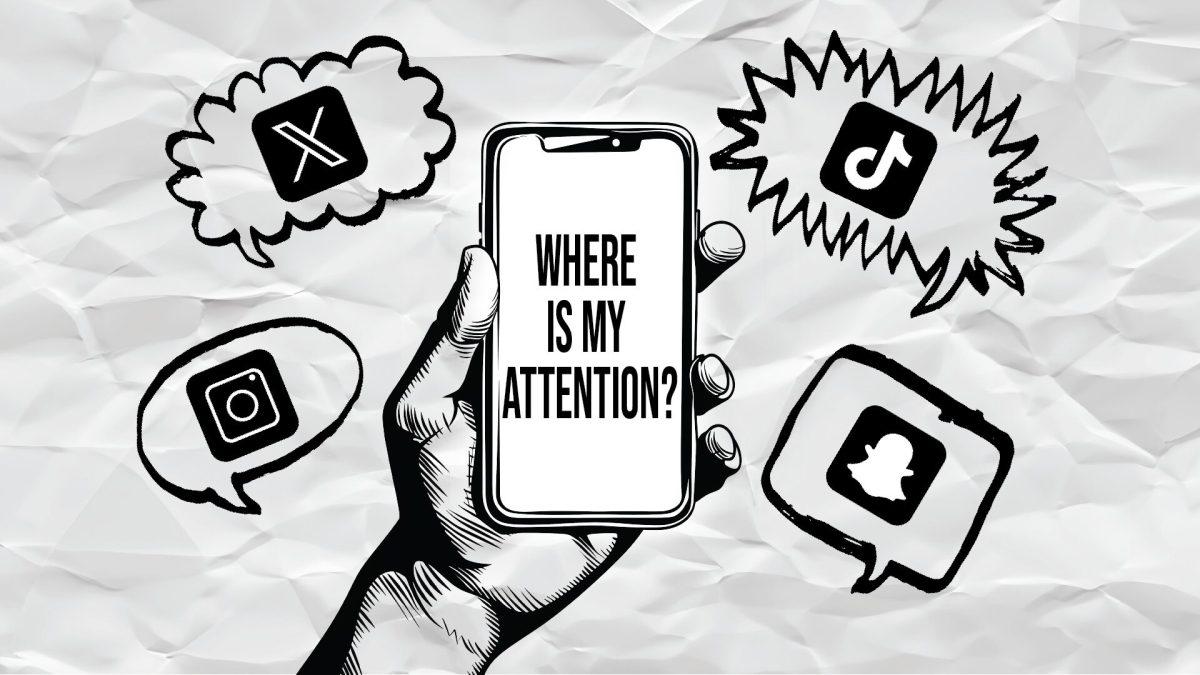_Solomon Davis is a sophomore journalism major at MU. He is an opinions columnist who writes about technology for The Maneater._
In January 2007, an innovation from Apple changed the landscape of technology forever. The iPhone was announced, a move that would spur the electronic industry to action.
In July 2008, Apple announced the launch of the App Store. The marketplace allowed for third parties to develop applications and sell them directly to consumers. At the time of the launch, the store had close to 800 applications. Today it boasts over 2 million.
Applications have become instrumental to the evolution of devices. Whether consumers have an iPhone or an Android device, they both use app stores that contribute greatly to the mobile experience.
When was the last time you downloaded a new app? It has probably been a long time, maybe a year? The problem with mobile applications or apps is that the landscape is changing. Consumers have mostly found the apps that they need and are less inclined to download new ones, but that is not to say app usage is declining.
Media analytics company comScore recently released its 2017 U.S Mobile Apps Report, in which it found that 50 percent of consumers spent their time on smartphones using a mobile application. What is most surprising about the report is that the company found that 51 percent of mobile device users are not downloading any apps in a given month.
In 2014, comScore reported the same statistic, which led many to report that the app boom was over. In fact, they have it wrong; the mobile application industry is undergoing a transformation that companies like Google are addressing and that developers are taking advantage of.
When comScore surveyed why people delete apps or why they don’t get new ones, it boiled down to storage on the device and no longer having a use for the app. In fact, a lot of the apps you download may only be for one use and it just sits until the next time it is needed. In 2016 at its yearly developer conference, Google unveiled its newest service, Instant Apps.
Instant Apps was created to bridge the gap between the experience consumers received in mobile applications and what they would experience on the web. It also served to redefine what an app can be. In an interview with TechCrunch, David Burke, vice president of engineering for Android, said, “Instant Apps is really about re-thinking where apps are going. Web pages are ephemeral. They appear, you use them, and never think about them again.”
The beauty of Instant Apps is that when you are surfing the web and click on a link, small packets are sent to your device that download the components for it to be an app-like experience. Once you exit, that data is no longer tied to your device. Vimeo is one of the early users of Instant Apps. After deploying the tech in May of this year, the company saw a 130 percent increase in the amount of time users watched videos and a 20 percent increase in actual app downloads.
Instant Apps is just one example of the many ways the app landscape is changing. In August 2016, I came across a video from The New York Times that dove into what the future of apps could be through the lens of an app called WeChat.
In China, there is a vacuum of western apps we have come to know and love because they are banned. WeChat rose out of the need for messaging apps but developed into so much more. I call it a mega app because you can do so many things without even having to leave the app once. One app to rule them all sounds pretty good to me. It may be far off, but it is a good dream to have.
Apps are not going anywhere; rather, the industry is evolving, and where it goes next will be a transformation to watch.













